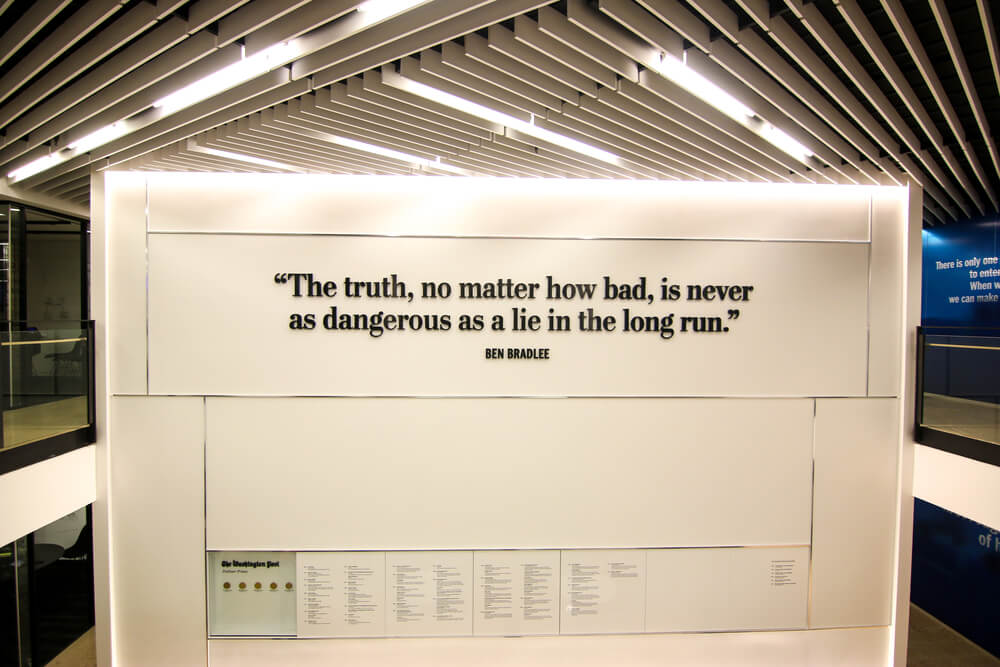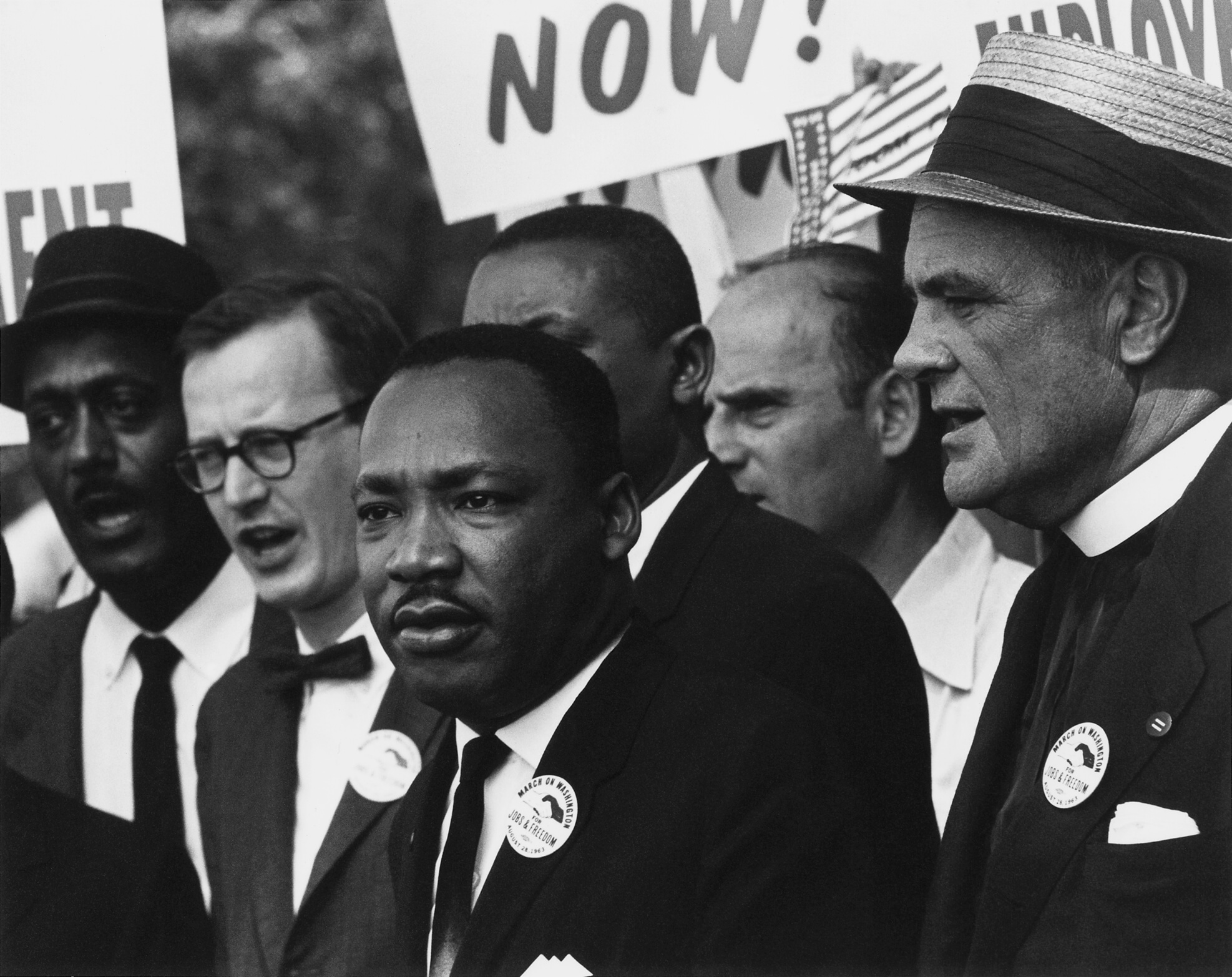In announcing import tariffs on solar panels of 30 percent, President Trump appears, as often, to be taking a hammer to fix a watch: If it doesn’t break, it might start running again. In the case of the solar industry he won’t break it, but he might cause it to miss a beat or two.
Solar is one of the great success stories. It is a fast-growing industry, which is adding more jobs — mostly in installation — than any other economic sector. It is, as they say, on a roll.
The big mission for solar is carbon-free electricity on rooftops, at electric utilities and in the facilities of companies like Google, Apple and Walmart, which want to be colored green. Other uses include autonomous generators for remote locations.
The idea of using the sun’s energy in various things is not new. In Botswana, for example, a few black pipes placed on a roof have provided hot water probably since the 1920s. I first saw them there in the 1960s.
After the 1973 oil crisis, solar was examined seriously in the United States as a power source. Various ideas were afoot. The favored one was to create “farms” of mirrors aimed at a central tower with a boiler. One such installation was at the Sandia National Laboratory in Albuquerque, N.M.; a larger demonstration plant was built in Barstow, Calif.
But it was science that made the difference, much of it done in the Department of Energy’s national laboratories. The solar cell, pioneered at Bell Laboratories and used for space exploration, was the ticket. The direct conversion of sunlight into electricity opened the floodgates of possibility. Whoosh!
Early in the solar story, the technology was regarded as fanciful by the electric industry, which favored coal and nuclear. But as prices have fallen, enthusiasm has risen and now solar and wind are hot tickets in the electricity stakes. Germany has more deployed solar than any other country, but deployment is aflame worldwide. When better batteries or other storage devices come on the market, solar will get a second boost.
Like many technologies pioneered in the United States, solar cell and panel manufacturing has moved to Asia. China is playing a dominant manufacturing role with factories on the mainland and other countries, including Taiwan and Vietnam.
Industry calculates that the immediate effect of Trump’s tariffs will be to cut the rate of deployment and cost jobs. The Solar Energy Industries Association calculates 23,000 jobs will go this year.
But solar will begin to adjust, probably with more Chinese factories being established in the United States. This is how the Japanese car manufacturers dealt with tariffs.
Interestingly, the two companies that filed complaints to the U.S. International Trade Commission, resulting in the Trump tariff hike, are both foreign-owned. Atlanta-based Suniva is mostly Chinese-owned and Hillsboro, Ore.-based SolarWorld is German-owned.
More interesting is the Department of Energy’s decision announced by secretary Rick Perry to offer a prize of $3 million for innovation in domestic chip manufacturing. The government, in my experience, does best when it is pulling an industry to achieve a goal and far less well when it is pushing it.
A prize is classic pulling. Aviation prizes offered by newspapers and boosters were early incentives for flight, first across the English Channel and later the Atlantic.
The government saying, “We are going to the moon. You help us get there” works far better than giving aerospace contractors a bunch of money in the 1960s and saying, “Try to get to the moon.”
With its solar actions of a tariff and a prize-incentive, the Trump administration is both pushing and pulling.









